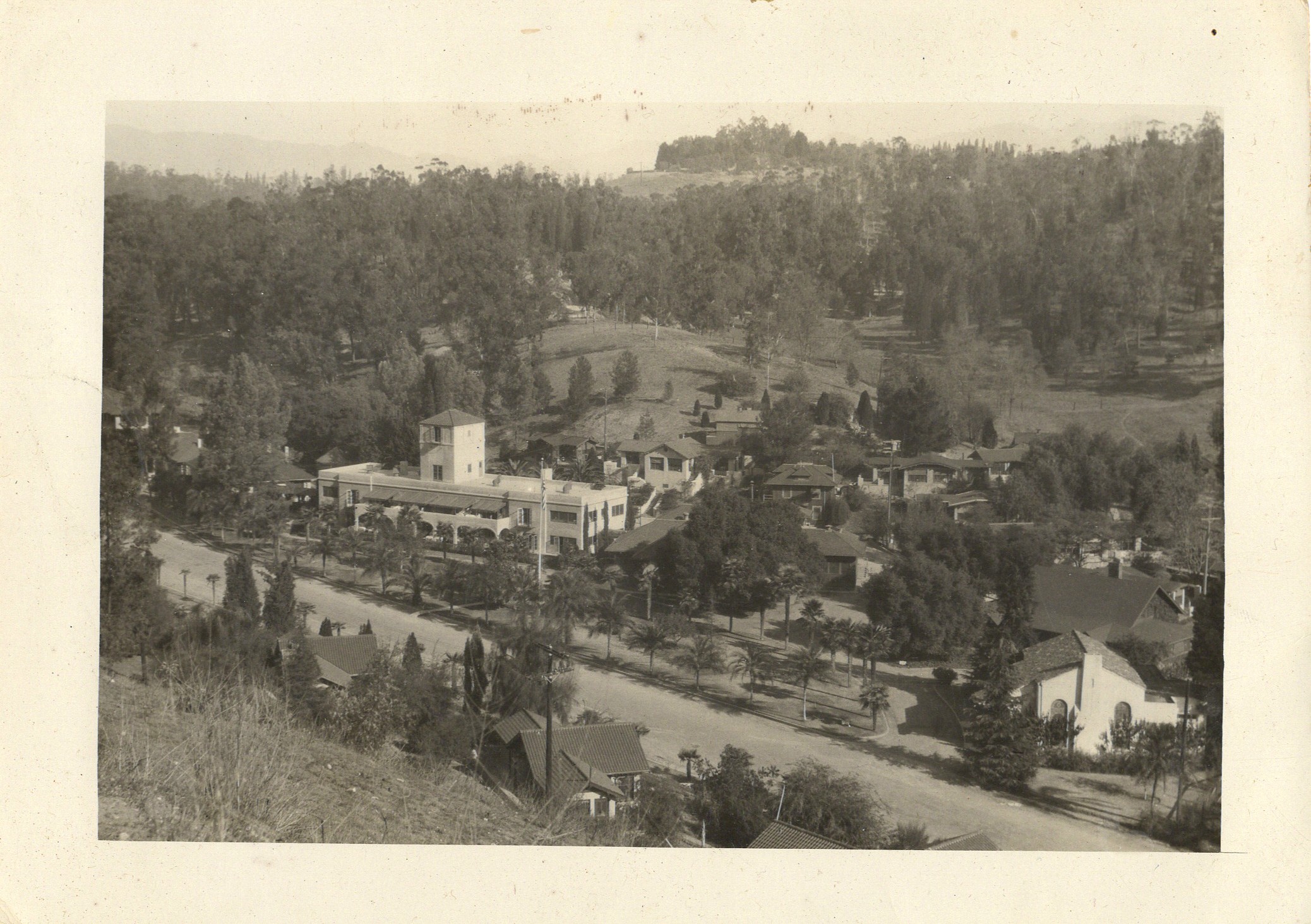.png)
History
Barlow Respiratory Hospital traces its heritage of exceptional care to the vision, compassion, and dedication of its founder, Dr. W. Jarvis Barlow.

Photo circa 1930, courtesy of the family of Vera Fravel Jabs, RN
While still a young physician in New York, Dr. Barlow faced his own personal health challenge. He contracted tuberculosis. Fortunately, his case was mild, and his cure was accelerated by his move to the clean, dry air of the West. And it instilled in him a calling to help others facing similar challenges.
Sizing up the situation, Dr. Barlow saw an illness that needed unique care, an environment that could encourage a return to health, and the opportunity to meet a growing need. He and his wife traveled Southern California in their horse-drawn carriage until they found what appeared to be the perfect spot — Chavez Ravine, with acres of beautiful meadowland tucked in rolling hills.
They bought the land and began building the Barlow Sanatorium, which opened in 1902.
Timeline – a Look at Barlow History
It was a happy confluence for Los Angeles: Dr. Barlow’s interest in the disease, his wisdom in recognizing the need for early diagnosis and treatment, his vision to start a sanatorium dedicated to treating TB, and his confidence to raise funds from visionary donors — including some of the leading philanthropists of Southern California. The hospital’s early days were supported by many of the founding philanthropic families of Los Angeles — Torrance, Lankershim, Slauson, Hancock-Ross, Murphy, Williams, Van Nuys, O’Melveny — who nurtured this jewel in Southern California’s health care crown, making life-sustaining assistance available to all, including those least able to afford care.
Dr. Barlow’s vision was exceptionally prescient. He founded his sanatorium two years before the National Association for the Study and Prevention of Tuberculosis was created. Today, we know that institution as the American Lung Association. We also know that Dr. Barlow’s instincts — to find a place that put nature at hand, to create a sense of home, to own the land where the hospital was built — made the sanatorium and the respiratory hospital it became a unique asset in Southern California and beyond.
